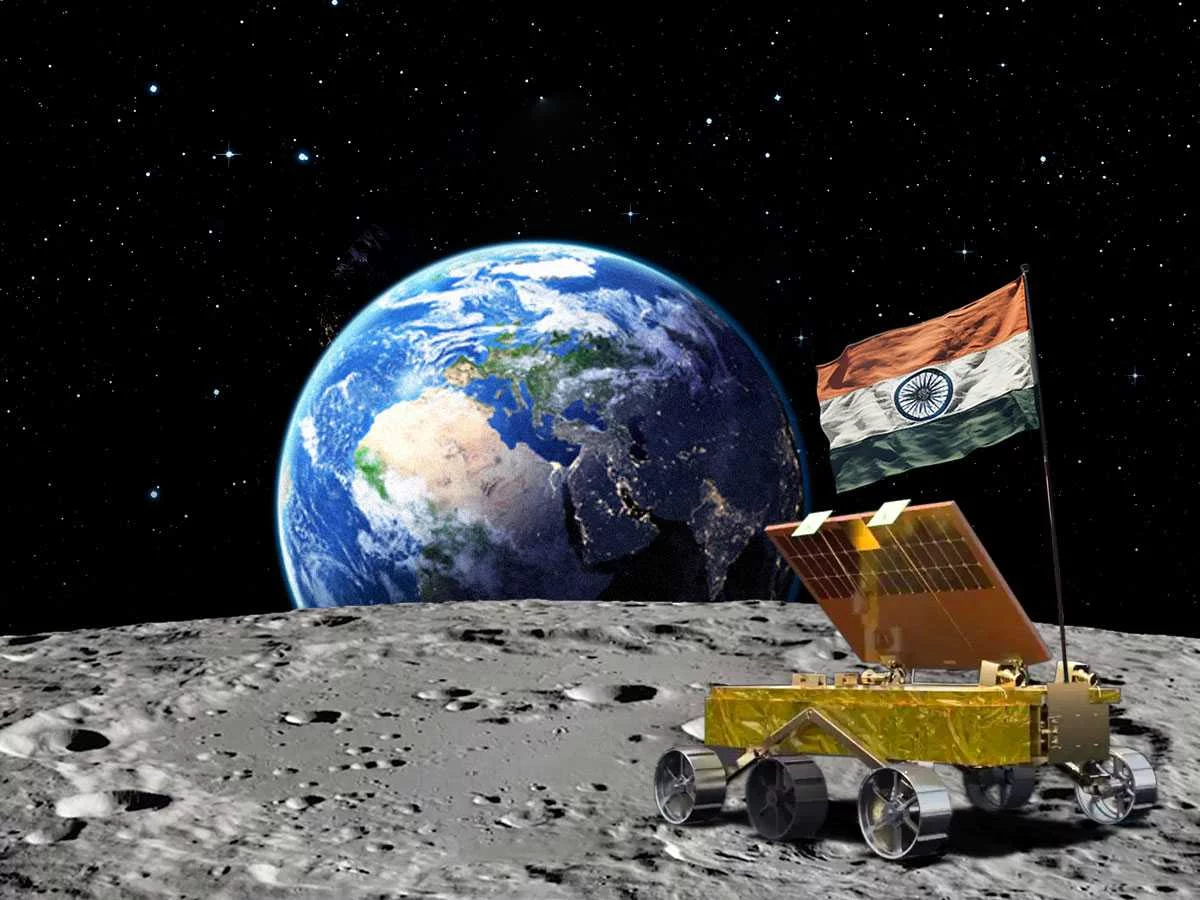Another Lunar Endeavor of NASA: Possibility of Indian Astronaut on Moon By 2030?
US Vice President Kamala Harris reaffirmed that NASA’s Artemis program—which intends to put people back on the moon—will be a global undertaking.
At the National Space Council’s third meeting, Harris led, a resolution was adopted stating that a partner country’s astronaut will land on the Moon before the end of this decade.
On the other hand, By 2040, the Indian Space Research Organisation (ISRO) hopes to send Indian astronauts to the Moon for the first time following the historic accomplishment of the Chandrayaan-3 lunar mission.
Four Indian Air Force pilots have been chosen for the trip, according to ISRO Chairman S Somanath, and they are now receiving training at the Astronaut Training Facility in Bengaluru.
The Artemis program aims to bring humans to Mars in the 2030s or 2040s, but it’s more than simply placing flags and leaving footprints; it’s a foundation for future space travel. The initiative aims to create a long-term human presence on the moon using commercial and international partners’ combined knowledge and assets.
Finally, an Indian Astronaut on the Lunar Surface?
The Artemis Program, a comprehensive initiative to take people to the moon in more than 50 years, was recently signed by India.
NASA has officially announced that, even while the Indian Space Research Organization (Isro) continues to build its human spaceflight program, Gaganyaan, In this mission, Indian scientists are going to send an Indian astronaut to the International Space Station.
NASA is still committed to launching the Artemis-II mission by the end of next year, taking three Americans and one Canadian astronaut on a round-trip lunar journey. However, the agency has yet to disclose any information on which partner nations may get to travel to the moon.
Innovative partnerships are a feature of NASA’s strategy; one such partnership is the European Space Agency’s (ESA) provision of the Orion spacecraft’s service module. The purpose of Orion is to carry Artemis astronauts into lunar orbit.
Additionally, Gateway, a proposed space station in lunar orbit that would act as a multipurpose base for robotic and human missions to the Moon and beyond, is receiving major funding support from ESA, the Canadian Space Agency (CSA), and the Japan Aerospace Exploration Agency (JAXA).
Mission Gaganyaan
Under the Gaganyaan program, the Bengaluru-based space agency intends to send a crew of two to three Indian astronauts into Low Earth Orbit for a maximum of three days and return them safely to a designated site in Indian waters, according to an article in Manorama Yearbook 2024 that cited the Isro chairman.
“With the Gaganyaan program, ISRO hopes to advance space exploration by launching a crew of two to three Indian astronauts into Low Earth Orbit (LEO) for a maximum of three days, and then safely returning them to a designated site in Indian waters,” Somanath was quoted in the article as saying.
Apart from the Integrated AirDrop Test, Pad Abort Test, and Test Vehicle flights, the space agency plans to deploy two similar unmanned missions (G1 & G2) ahead of the manned mission.
In addition to life support systems for the Gaganyaan mission, ISRO is developing crucial technologies such as an Orbital Module consisting of a Crew Module (CM) and Service Module (SM), and a human-rated launch vehicle (HLVM3) that can safely transport humans.
#NASA #indianastronaut #moon #chandrayaan3 #gaganyaan #2024 #india #airrnews




